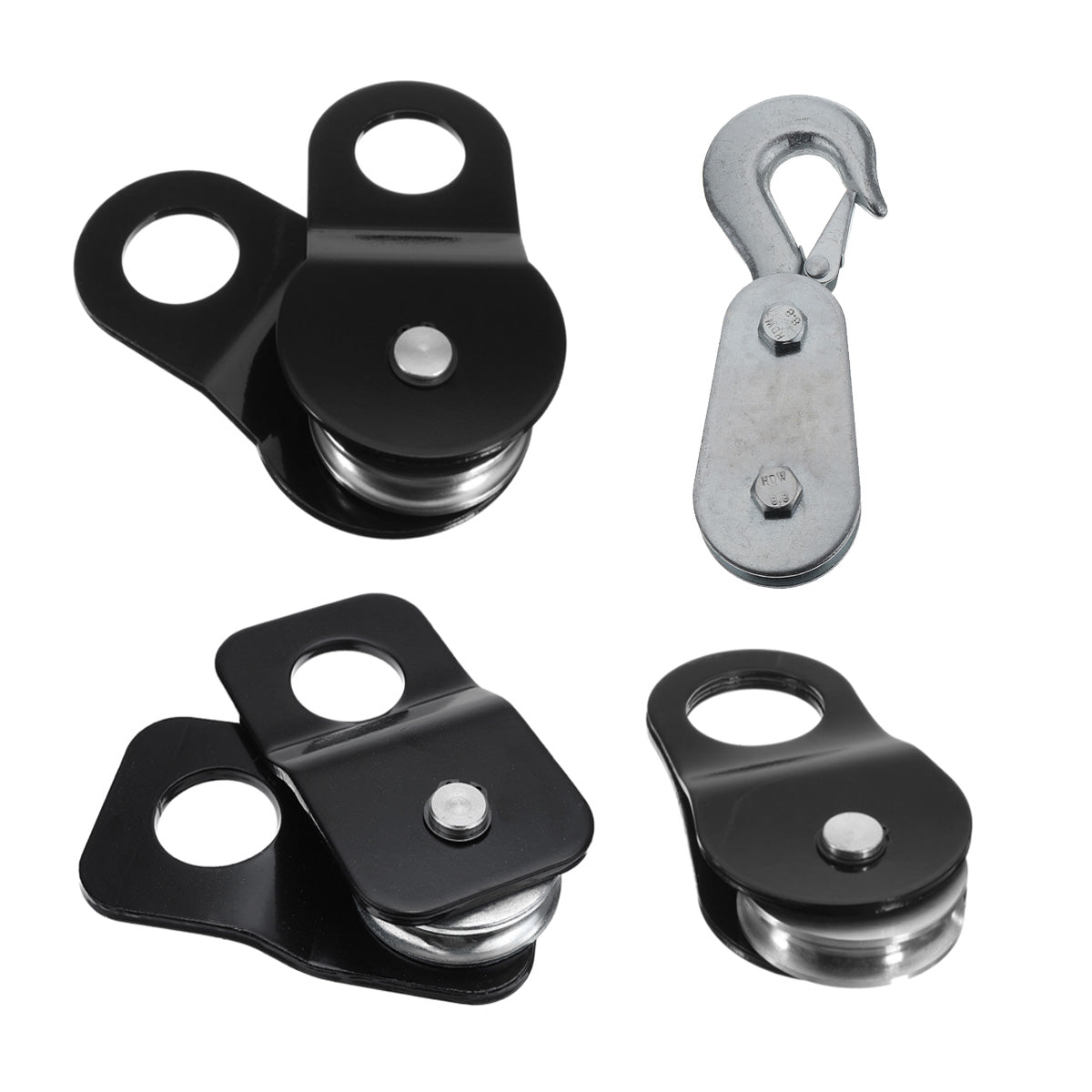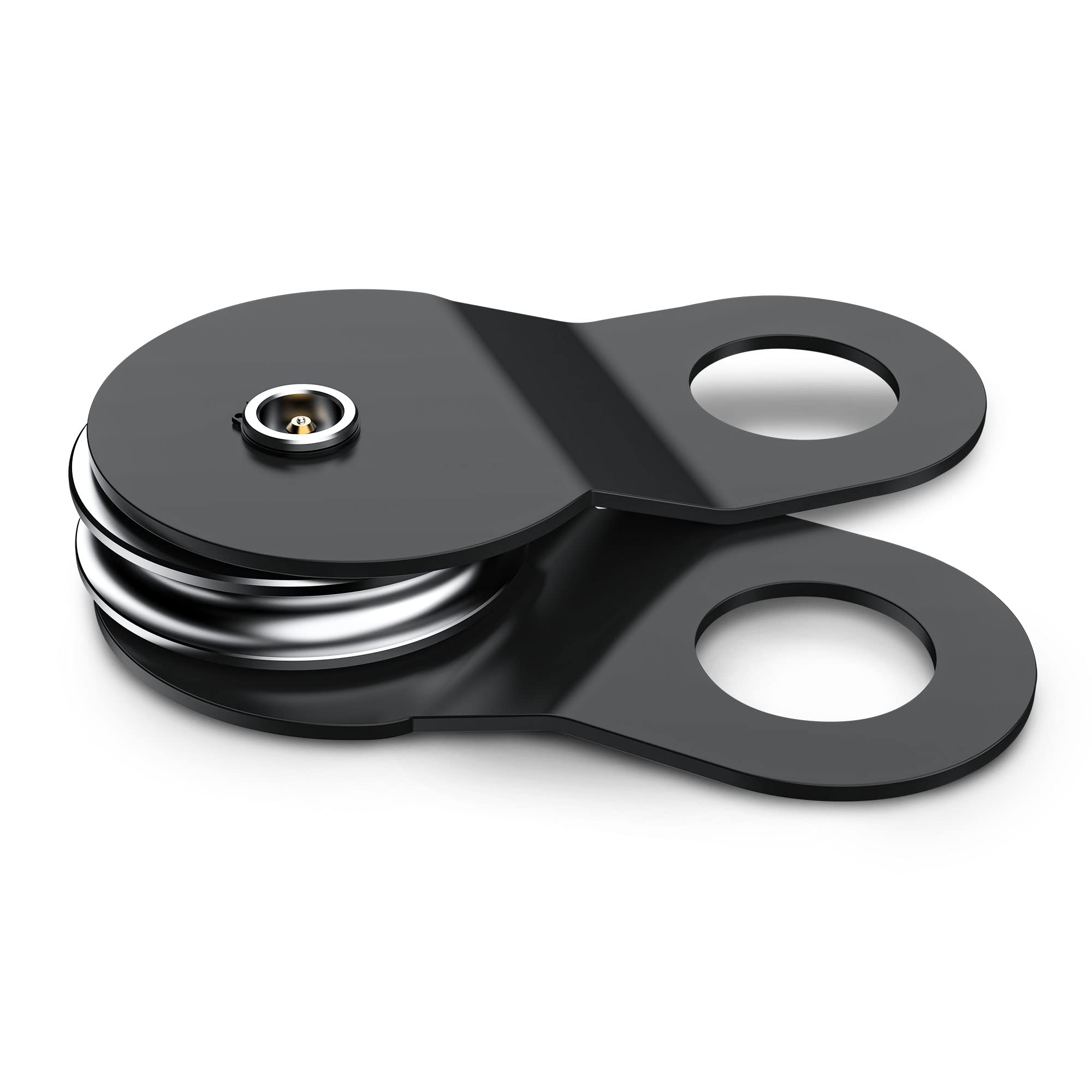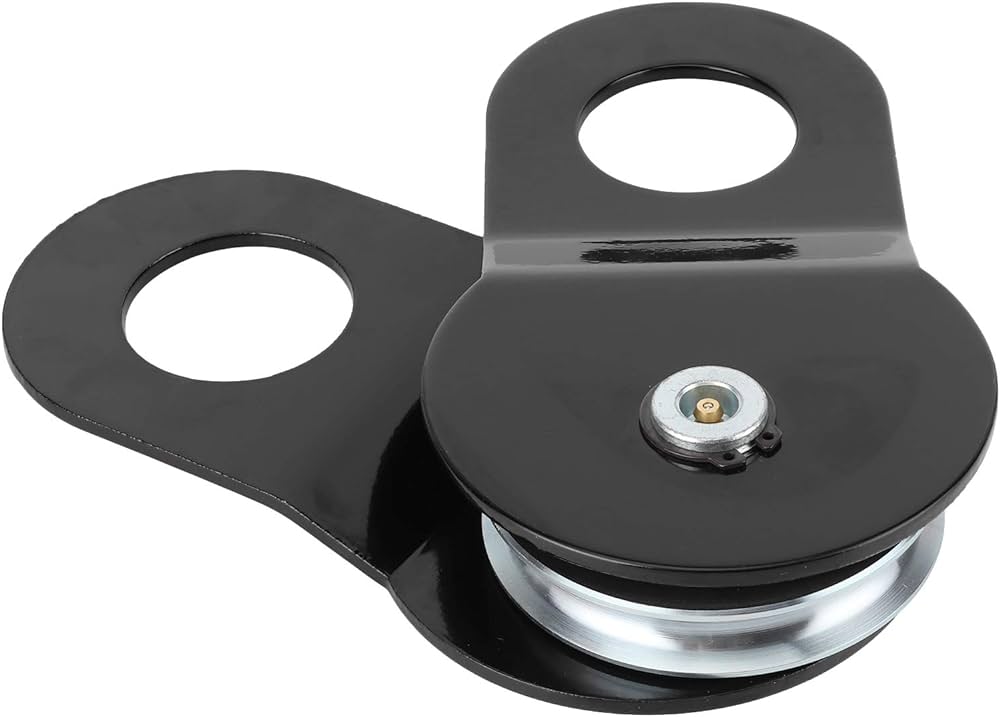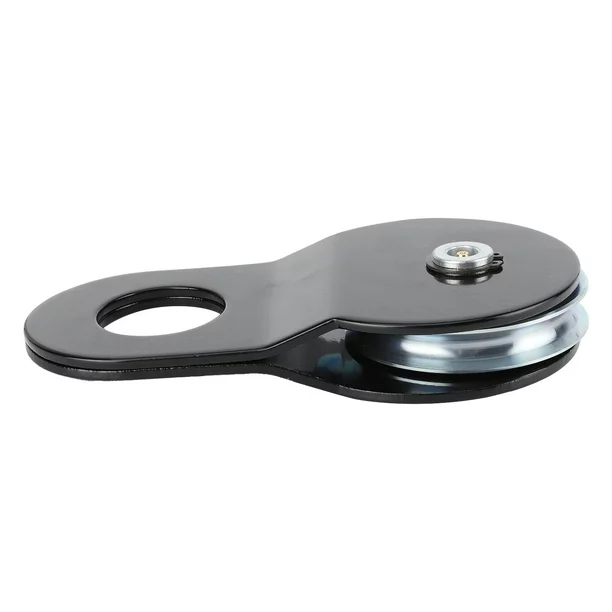Product Description
OEM or ODM service available
Special sizes can be produced according to customers’ requirements.
Mainly used in Truck and Trailer .
Customized requirements are welcome!
| Commodity name | Snatch Bolcok |
| Brand name | XIHU (WEST LAKE) DIS. |
| Usage | Towing |
| Main standard | US, EN, DIN |
| Material | Aluminum, Carbon steel, Alloy steel, Stainless steel 304 or 316 |
| Main Type | US type G209,G210,G2130,G2150,Europe Dee & Bow type, JIS Dee & Bow type, Plate shackle |
| Finish | Hot Dipped Galvanized, Electro Galvanized, Color Painted, High polished, Mirror Polished |
| Technology | Drop Forged, Casting, Polished |
| Size | Different size available ( 4T 8T 10T) |
| M.O.Q | 100PCS per Size |
| MBS | 6 times WLL or 4 times WLL |
| Packing | Gunny bag or carton and pallet / by customer requirements. |
| Delivery time | 15-30days after order confirmation |
| Payment term | T/T, L/C, Western Union |
| Business type | Manufacturer, trading |
| Certifications | ISO9001,CE,BV,SGS |
| Notes | Special specifications and marks can be made according to customers requirements. |
|
Question |
Answer |
|
1Can you offer OEM &ODM? |
Our company accept OEM&ODM, if your need it, please inform us of your specific requirements. |
|
2What is the MOQ of your rgging product |
The MOQ is different due to different kinds of rigging accessory, mix orders is ok and 100pieces can also be accept |
|
3 I don’t trust your products quality, can you provide samples? |
Yes, we can offer you samples, but you need to pay ,the sample fee will refund to you after your first order. |
|
Are you a factory or a trade company? |
We are factory , welcome to visit our factory at any time. |
|
How to start Trainler Parts business?smart home system |
1) HangZhou Xihu (West Lake) Dis. Rigging Co., LTD provide you professional suggestion and solution of Trailer Parts CHINAMFG your needs. TAIYITO Wireless Zigbee Home Automation Devices |
/* January 22, 2571 19:08:37 */!function(){function s(e,r){var a,o={};try{e&&e.split(“,”).forEach(function(e,t){e&&(a=e.match(/(.*?):(.*)$/))&&1
| After-sales Service: | 24hours Online |
|---|---|
| Warranty: | One Years |
| Type: | Winch Pully Block |
| Certification: | ISO, CE |
| Loading Weight: | 4t 8t 10t |
| ABS: | Without ABS |
| Customization: |
Available
| Customized Request |
|---|
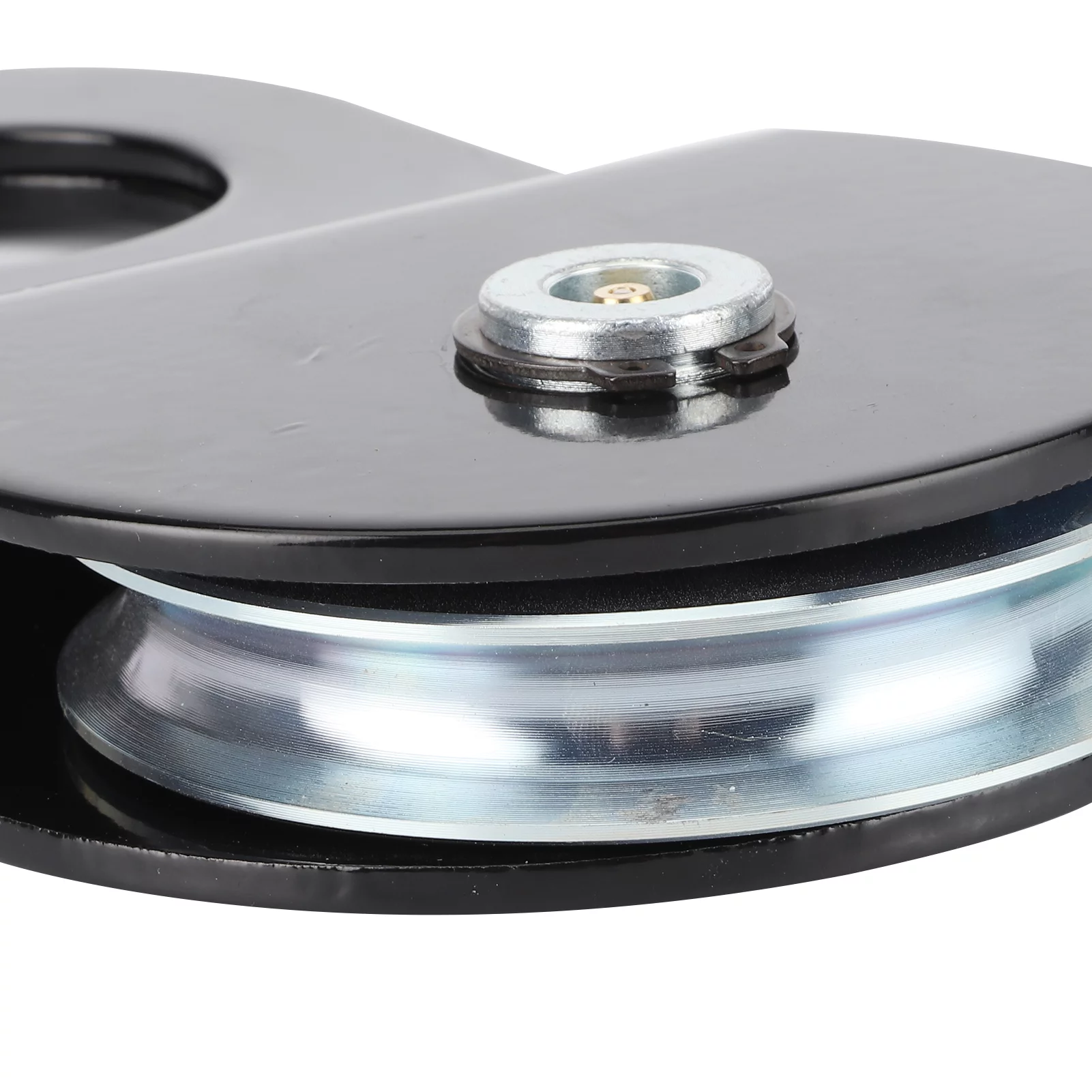
Can winch pulleys be part of rescue and emergency response systems?
Yes, winch pulleys can be an essential component of rescue and emergency response systems. Here is a detailed explanation:
Rescue and emergency response systems often require reliable and efficient equipment to perform various tasks, such as lifting, lowering, or evacuating individuals in hazardous situations. Winch pulleys can be integrated into these systems to enhance their capabilities and contribute to successful rescue operations in the following ways:
- Lifting and Lowering: Winch pulleys enable controlled lifting and lowering of individuals or objects during rescue operations. By incorporating winch pulleys into the system, rescuers can change the direction of force applied to the load, providing the necessary mechanical advantage to lift or lower individuals safely. Winch pulleys distribute the load evenly, minimizing the effort required and ensuring smooth and controlled movement.
- High Load Capacity: Winch pulleys are designed to handle heavy loads, making them suitable for rescue and emergency response situations. They can be integrated into systems that require lifting or lowering individuals who may be injured or incapacitated. The high load capacity of winch pulleys ensures that rescue operations can be performed safely and efficiently, even in challenging circumstances.
- Change of Direction: Winch pulleys allow the cables or ropes to change direction, facilitating access to individuals in difficult-to-reach or confined spaces. In rescue scenarios, where individuals may be trapped in elevated areas, steep slopes, or other challenging locations, winch pulleys enable rescuers to redirect the force and safely reach the individuals in need. The ability to change the direction of force enhances the versatility and effectiveness of rescue operations.
- Increased Control: Winch pulleys provide rescuers with greater control over the lifting or lowering process. They allow for precise and gradual movement, enabling rescuers to navigate obstacles, adjust positioning, or perform delicate maneuvers during rescue operations. The controlled movement facilitated by winch pulleys enhances the safety of both the rescuers and the individuals being rescued.
- Evacuation Systems: Winch pulleys can be integrated into evacuation systems used in emergency response scenarios. For example, in situations where individuals need to be quickly and safely evacuated from high-rise buildings, winch pulleys can be part of the system that lowers individuals down the building using ropes or cables. This ensures a controlled descent and efficient evacuation of individuals in emergency situations.
- Remote Access: Winch pulleys can be used in conjunction with remote-controlled systems to perform rescues in hazardous or inaccessible areas. This allows rescuers to operate the winch pulleys from a safe distance and maneuver individuals or objects to safety without putting themselves at risk. Remote access capabilities provided by winch pulleys enhance the safety and effectiveness of rescue and emergency response operations.
The integration of winch pulleys into rescue and emergency response systems enhances their capabilities by enabling controlled lifting and lowering, providing high load capacity, facilitating change of direction, ensuring increased control, supporting evacuation systems, and allowing for remote access. These features make winch pulleys valuable components in rescue equipment, contributing to the success and safety of rescue operations.
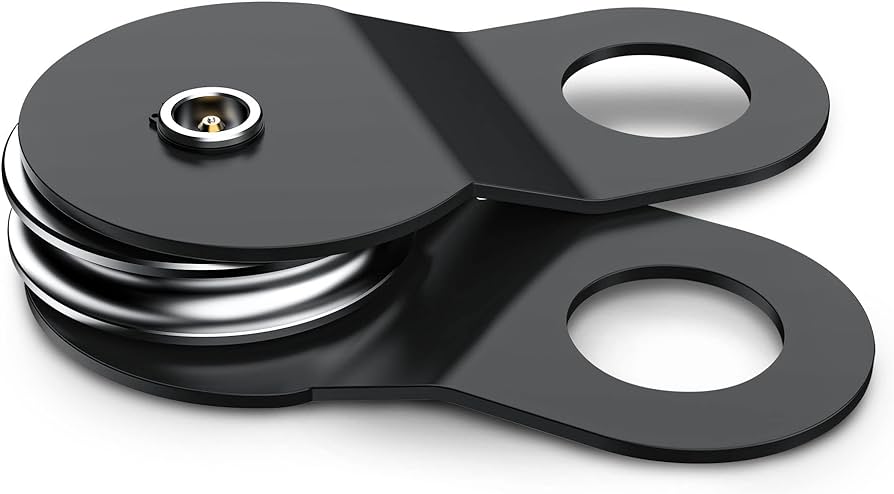
What are the advantages of using winch pulleys for lifting and pulling tasks?
Using winch pulleys for lifting and pulling tasks offers several advantages. Here is a detailed explanation of the advantages of using winch pulleys:
- Mechanical Advantage: Winch pulleys provide a mechanical advantage that enables users to multiply the force applied by the winch. By changing the direction of the force and utilizing multiple wraps of the cable or rope around the pulley sheave, winch pulleys effectively increase the pulling power or load-bearing capacity of the winch. This allows for the lifting or pulling of heavier loads that would otherwise exceed the winch’s rated capacity.
- Flexibility: Winch pulleys offer flexibility in terms of the direction in which the force is applied. They allow for changes in the pulling direction, making it possible to maneuver loads around obstacles or to reach locations that are not directly accessible by the winch. This flexibility is particularly useful in confined spaces or challenging environments where direct pulling is not feasible.
- Load Control: Winch pulleys enable precise load control during lifting and pulling tasks. By utilizing the pulley system, operators can apply gradual and controlled force, preventing sudden jolts or jerks that could damage the load or compromise safety. The ability to regulate the speed and tension of the cable or rope enhances load control and minimizes the risk of accidents or damage to the surrounding environment.
- Safety: Winch pulleys enhance safety during lifting and pulling operations. They allow for greater control over the load and reduce the risk of sudden or uncontrolled movements. The mechanical advantage provided by winch pulleys also reduces the strain on the winch motor, cable, and other components, increasing overall system safety and longevity. Furthermore, winch pulleys can be used to redirect the pulling force away from operators or bystanders, ensuring a safer working environment.
- Versatility: Winch pulleys are versatile tools that can be used in a wide range of applications and industries. They are compatible with various types of winches, cables, and ropes, offering flexibility in terms of equipment selection and adaptability to different tasks. Winch pulleys can be employed in automotive recovery, marine operations, construction, mining, forestry, and many other sectors where lifting, pulling, and load control are required.
- Efficiency: The use of winch pulleys enhances operational efficiency. By increasing the load-bearing capacity of the winch, winch pulleys allow for the handling of heavier loads with fewer resources. This reduces the need for larger, more powerful winch systems and can result in cost savings. The precise load control provided by winch pulleys also improves productivity by enabling operators to perform tasks accurately and efficiently.
Overall, the advantages of using winch pulleys for lifting and pulling tasks include mechanical advantage, flexibility, load control, safety, versatility, and efficiency. These benefits make winch pulleys indispensable tools in various industries where controlled and reliable lifting and pulling operations are essential.

Can you explain the components and design features of a winch pulley?
A winch pulley consists of several components and incorporates specific design features to ensure its functionality and durability. Here is a detailed explanation of the components and design features of a winch pulley:
- Sheave: The sheave, also known as the wheel or pulley wheel, is a central component of the winch pulley. It is a grooved wheel that guides the winch cable or rope. The sheave typically has a V-shaped groove or multiple grooves to ensure proper alignment and secure grip on the cable or rope. The size and design of the sheave may vary depending on the intended application and load capacity of the winch pulley.
- Frame or Housing: The sheave is mounted on a frame or housing, which provides support and stability for the winch pulley. The frame is designed to hold the sheave securely in place and withstand the forces and loads encountered during winching operations. It may have a compact and lightweight design for portable winches or a more robust and heavy-duty construction for industrial or off-road applications.
- Attachment Point: The frame of the winch pulley typically includes an attachment point, such as a hook or a shackle, for connecting the pulley to an anchor or a load. This attachment point allows for secure and reliable connection, ensuring that the pulley can effectively transmit the pulling force between the winch and the load.
- Materials: Winch pulleys are commonly made from durable and high-strength materials to withstand the demanding conditions of winching operations. Steel is a commonly used material for winch pulleys due to its strength and resistance to wear and deformation. Some winch pulleys may also incorporate high-strength alloys or other specialized materials to enhance performance and longevity.
- Bearings: Bearings are critical components of winch pulleys as they enable smooth rotation of the sheave. High-quality bearings are used to minimize friction and ensure efficient operation. The bearings may be sealed or shielded to protect against contaminants and maintain proper lubrication, enhancing the overall durability and performance of the winch pulley.
- Load Rating: Winch pulleys have specific load ratings that indicate their maximum capacity to handle loads. The load rating is determined based on factors such as the strength of the materials used, the design of the sheave, and the overall construction of the winch pulley. It is important to select a winch pulley with a load rating suitable for the intended application to ensure safe and efficient operation.
- Finish and Coating: Some winch pulleys may incorporate finishes or coatings to enhance their performance and durability. For example, a corrosion-resistant coating or plating can be applied to protect the winch pulley from rust and corrosion, particularly in outdoor or marine environments. Surface treatments may also be used to reduce friction, improve wear resistance, or enhance the pulley’s overall performance.
In summary, a winch pulley consists of components such as the sheave, frame or housing, attachment point, bearings, and may incorporate materials, load ratings, and finishes or coatings. The sheave guides the winch cable or rope, while the frame provides support and stability. The attachment point allows for secure connection, and high-quality bearings ensure smooth rotation. The materials used are durable and high-strength, and the load rating indicates the maximum capacity of the winch pulley. Finishes and coatings can be applied for protection and improved performance. These components and design features collectively contribute to the functionality, durability, and reliability of winch pulleys in various winching applications.


editor by CX
2024-05-14
